Navratri 2025 colors: Your day-by-day guide with dates and meanings
The nine days are thematically divided: the first three focus on Durga for destroying negativity, the middle three on Lakshmi for prosperity, and the last three on Saraswati for knowledge.
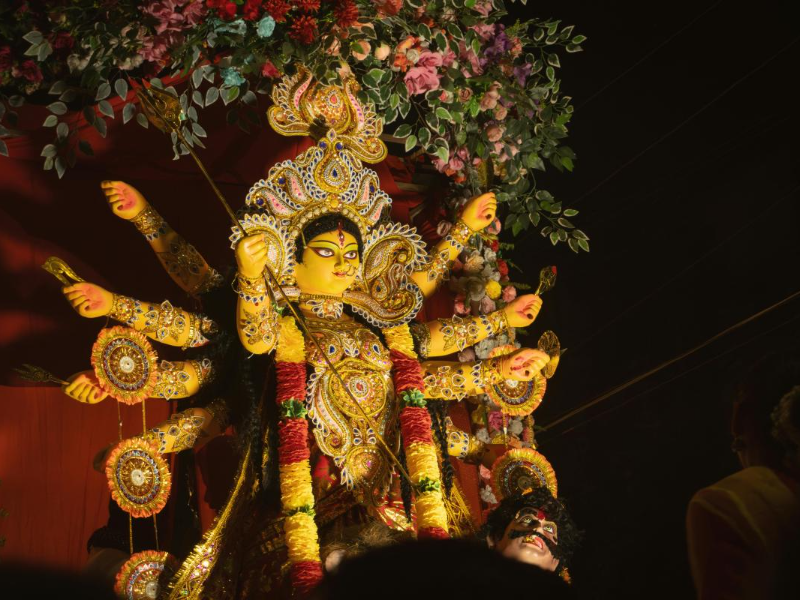 Representative Image / Pexels
Representative Image / Pexels
As the autumn season approaches, millions of Hindus across India and the diaspora prepare to celebrate Sharad Navratri, a vibrant nine-day festival dedicated to the worship of Goddess Durga and her nine divine forms.
This year's Sharad Navratri, will commence on September 22 and conclude on October 1, culminating in Vijayadashami (Dussehra), symbolizing the triumph of good over evil.
The festival, which translates to "nine nights," honors the feminine divine energy (Shakti) through fasting, prayers, dance (like Garba and Dandiya), and rituals that vary by region but unite devotees in spiritual renewal.
The nine days are thematically divided: the first three focus on Durga for destroying negativity, the middle three on Lakshmi for prosperity, and the last three on Saraswati for knowledge.
Devotees often observe fasts, wear colors associated with each day, and perform pujas to invoke blessings for health, success, and harmony.
Here's a detailed day-by-day guide to Navratri 2025, including dates, the presiding goddess, and her symbolic meaning
Day 1- Pratipada: On Sept. 22, Goddess Shailputri will be worshipped. Shailputri, meaning "daughter of the mountains," is the first form of Durga and an incarnation of Parvati. She rides a bull and holds a trident and lotus, symbolizing nature, purity, and the root chakra (Muladhara) for grounding and strength. Devotees pray for health and stability, often starting with Ghatasthapana (pot installation) to invoke the goddess.
Day 2- Dwitiya: On Sept. 23, Goddess Brahmacharini will be worshipped. Brahmacharini represents devotion, penance, and asceticism. Depicted walking barefoot with a rosary and water pot, she embodies the pursuit of knowledge and self-discipline. This day encourages meditation and fasting to attain wisdom and inner peace, honoring Parvati's rigorous tapasya to win Lord Shiva.
Day 3- Tritiya: On Sept. 24, Goddess Chandraghanta will be worshipped. Named for the half-moon (chandra) bell (ghanta) on her forehead, Chandraghanta is a warrior goddess symbolizing bravery, justice, and protection. She rides a tiger and wields weapons, warding off evil spirits. Devotees seek her blessings for courage and marital harmony on this day.
Day 4- Chaturthi: On Sept. 25, devotees will offer prayers to Goddess Kushmanda. Kushmanda, the creator of the universe, is believed to have formed the cosmos with her smile. She resides in the solar system, representing health, energy, and vitality. Riding a lion and holding a rosary and pot of nectar, this day focuses on improving well-being and offering fruits like pumpkins.
Day 5- Panchami: On Sept. 26 Goddess Skandamata will be worshipped. As the mother of Lord Skanda (Kartikeya), Skandamata embodies maternal love, compassion, and nurturing. Seated on a lion with her son in her lap, she grants wisdom and salvation. This day is ideal for praying for children's success and family bonds.
Day 6- Shashthi: On Sept. 27, devotees will offer prayers to Goddess Katyayani. Katyayani, born to sage Katyayan, is a fierce warrior form who slayed the demon Mahishasura. Symbolizing courage and victory over evil, she rides a lion and carries a sword. Devotees invoke her for removing obstacles and achieving goals.
Day 7- Saptami: On Sept. 28, the seventh day will be celebrated in honor of Goddess Kalaratri, the darkest and most ferocious form of Durga, she destroys ignorance and darkness. With dark skin, wild hair, and a thunderbolt, she removes fears and negative energies. This day is for seeking protection from evil and spiritual enlightenment.
Day 8- Ashtami: On September 29 devotees will offer prayers to Goddess Mahagauri, who represents purity, serenity, and forgiveness. Radiant like the moon, she purifies sins and grants peace. On this day, known as Durga Ashtami, young girls (Kanjak) are worshipped as embodiments of the goddess.
Day 9- Navami: On September 30, Goddess Siddhidatri will be worshipped. Siddhidatri, the bestower of supernatural powers (siddhis) and wisdom, fulfills devotees' wishes. Seated on a lotus, she governs all achievements. This day, also Maha Navami, involves intense prayers and culminates the festival's spiritual journey.
The festival wraps up on October 1 with Vijayadashami, marking Lord Rama's victory over Ravana, often celebrated with effigy burnings and processions
ADVERTISEMENT
ADVERTISEMENT
E Paper
Video




 Jeffin T. Kaleekal
Jeffin T. Kaleekal
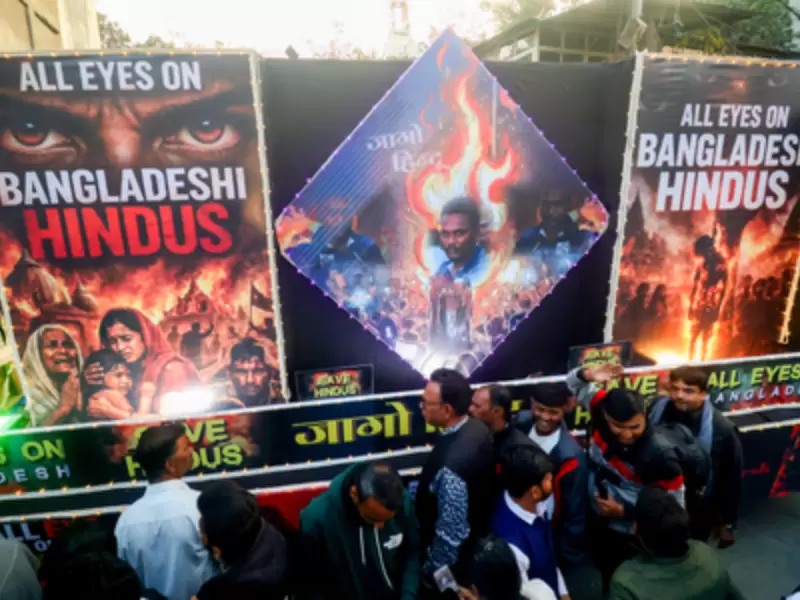



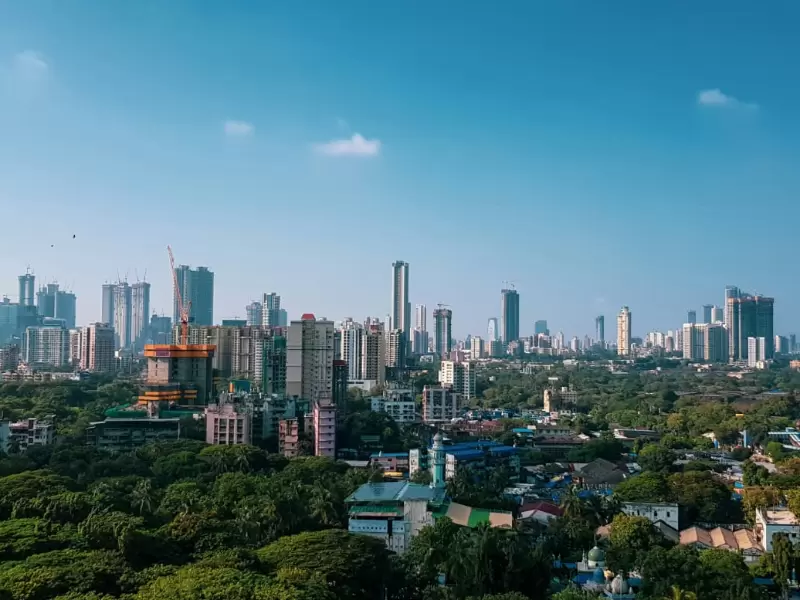
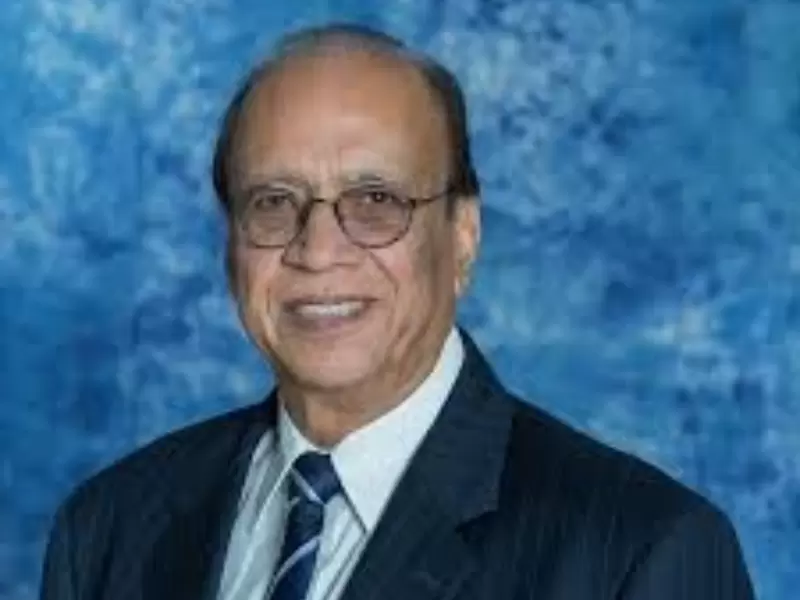


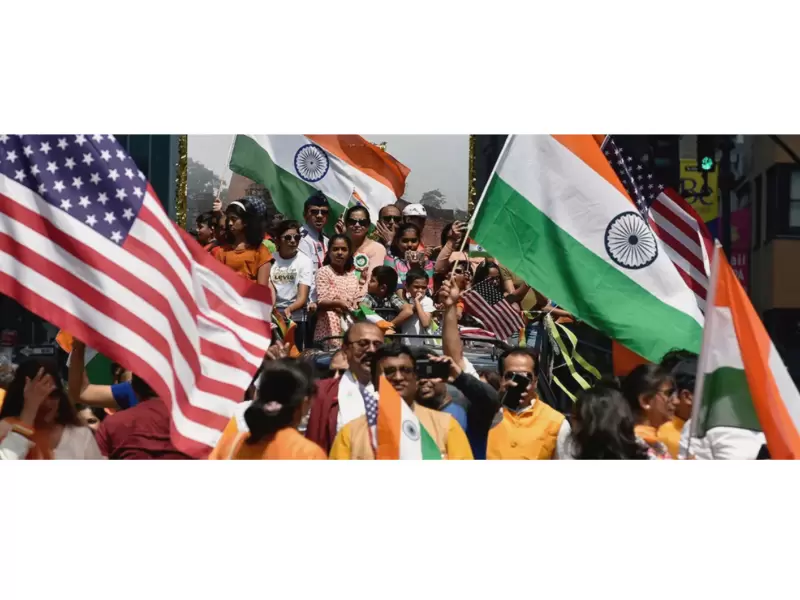
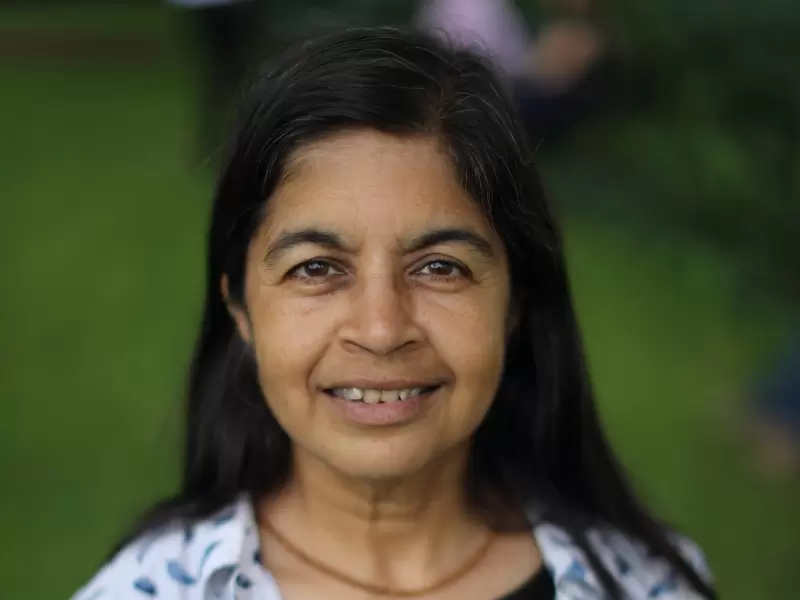
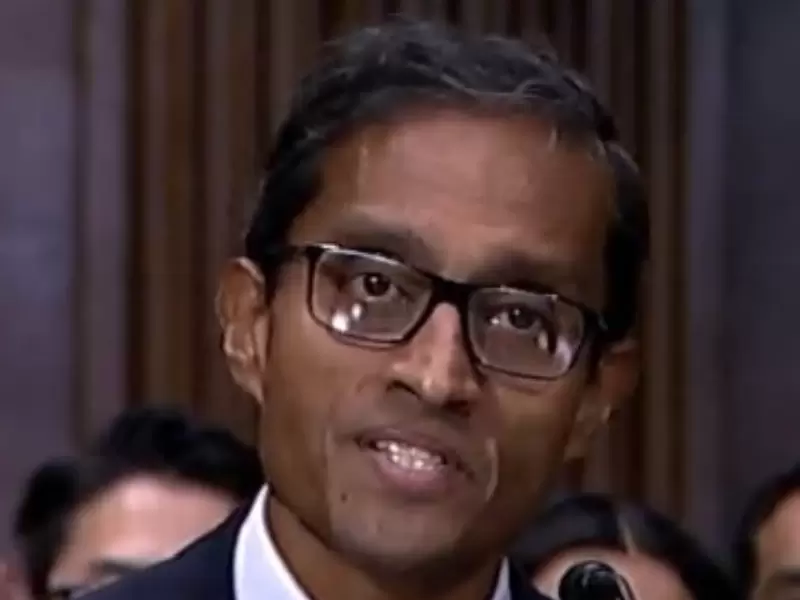

Comments
Start the conversation
Become a member of New India Abroad to start commenting.
Sign Up Now
Already have an account? Login